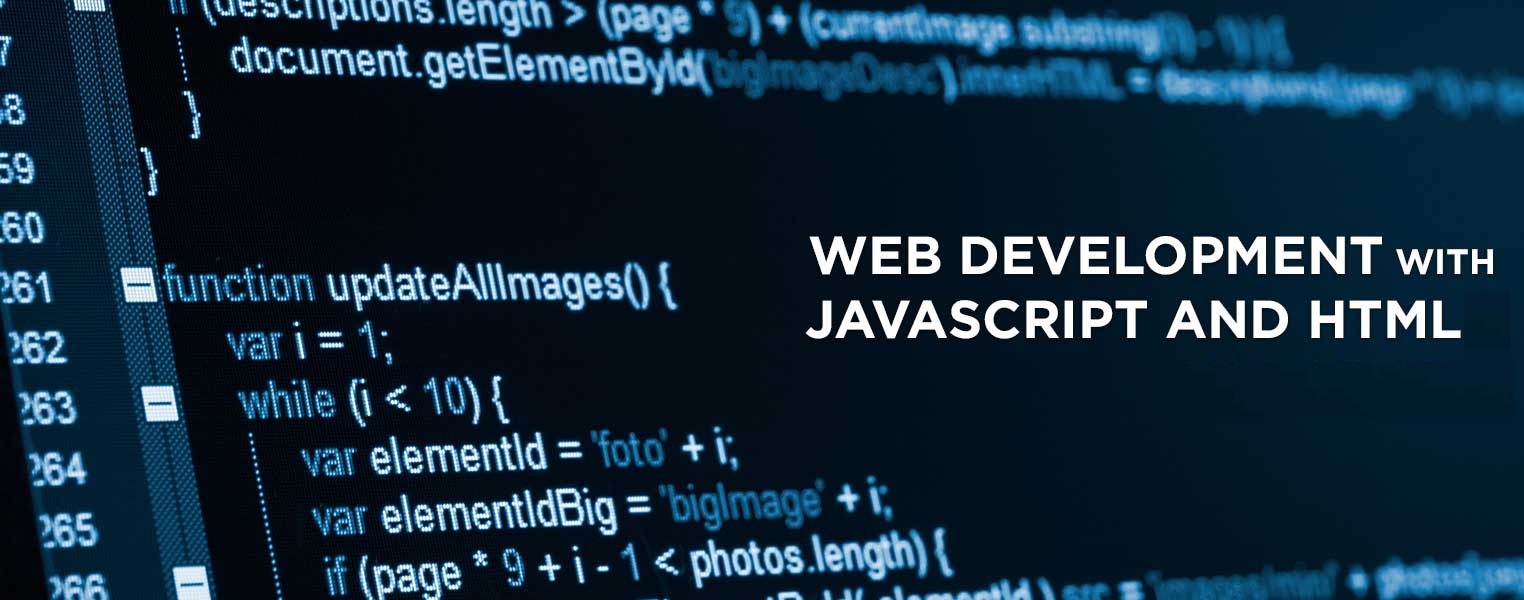Austin Alexander Burridge of Rosemount, Illinois on Learning Web Development
Aug 15, 2019 11:25
The web development world moves quickly and is ever-changing. Take it from self-taught coder residing in Rosemount, Austin Alexander Burridge, staying up-to-date on tech requires passion and constant attention. However, if you're interested in creating websites but don't know where to start, it's best to start with the basics and work your way up.


Below, Austin Alexander Burridge of Rosemount, shares his beginner's guide on creating an outline to help you determine where to start and establish an understanding of the fundamentals.
1) HTML and CSS
The first step in web development should focus on the front-end. Even if you are more interested in working on the back-end, it is important to establish a strong understanding of front-end concepts to be successful. HTML and CSS are fairly simple to learn, but they each contain expansive libraries with endless information. Fortunately, understanding the basics will allow you to look up and utilize this information as you progress. Web development isn't about memorization, but rather the ability to adapt new information to suit your needs.
HTML is HyperText Markup Language, which is the very beginning of content creation on a website. This includes text, links, photos, and structure. HTML is used to organize the content of the site and includes a series of tags that separate content in a meaningful way.
CSS, or Cascading Style Sheets, defines the style and appearance of a website. CSS can be used to manipulate the display of the site and improve readability. CSS is utilized by selecting the HTML tags and adding styles to them. This can be used to change text color, header sizes, and spacing between elements.
2) JavaScript
JavaScript is currently one of the most popular languages to connect the front-end with the back-end. JavaScript has a wide range of uses and is simple to read, making it ideal for connecting ideas together. It is utilized on nearly every website and can be applied to app and game development as well. When advancing beyond HTML and CSS, JavaScript is a great place to start.
JavaScript allows you to make dynamic changes to your site and add interactivity. Since JavaScript is used in both front-end and back-end programming, it is versatile and essential for advancing your web development career. After learning the fundamentals of JavaScript, you should begin working on projects that integrate HTML and CSS back into your work. After acquainting yourself, you can always expand your knowledge with a new language that interests you.
3) Back-End Basics: Node.js
After mastering the front-end fundamentals, it's time to move on to the back-end. Node.js is the first place to start when you look into back-end tasks like creating and managing servers. This runtime allows you to use JavaScript on your machine, outside of the browser. Node.js negates the need to use other programming languages that were previously required to run on your local machine. It allows you to use JavaScript anywhere, not just in the browser. Using the same framework between front-end and back-end increases efficiency and is easier to navigate.
Beginning your research into web development can be overwhelming due to the plethora of options and information available. No one wants to waste their time learning dated technologies that are infrequently used. These are the first three steps to mastering front-end and back-end development so you can focus on learning useful tools that will expand your career opportunities in the future.
About Austin Alexander Burridge:
Austin Alexander Burridge resides in Rosemount, IL, where he pursues his passions as a freelance coder and avid tech junky. Since the dawn of video game consoles and especially the internet, Austin has enjoyed pushing the boundaries of technology and using it for creative problem-solving. When he’s not utilizing his skillset writing code from his hub in Rosemount, Austin Burridge can be found reviewing the latest tech, gadgets, and software developments online.







































































